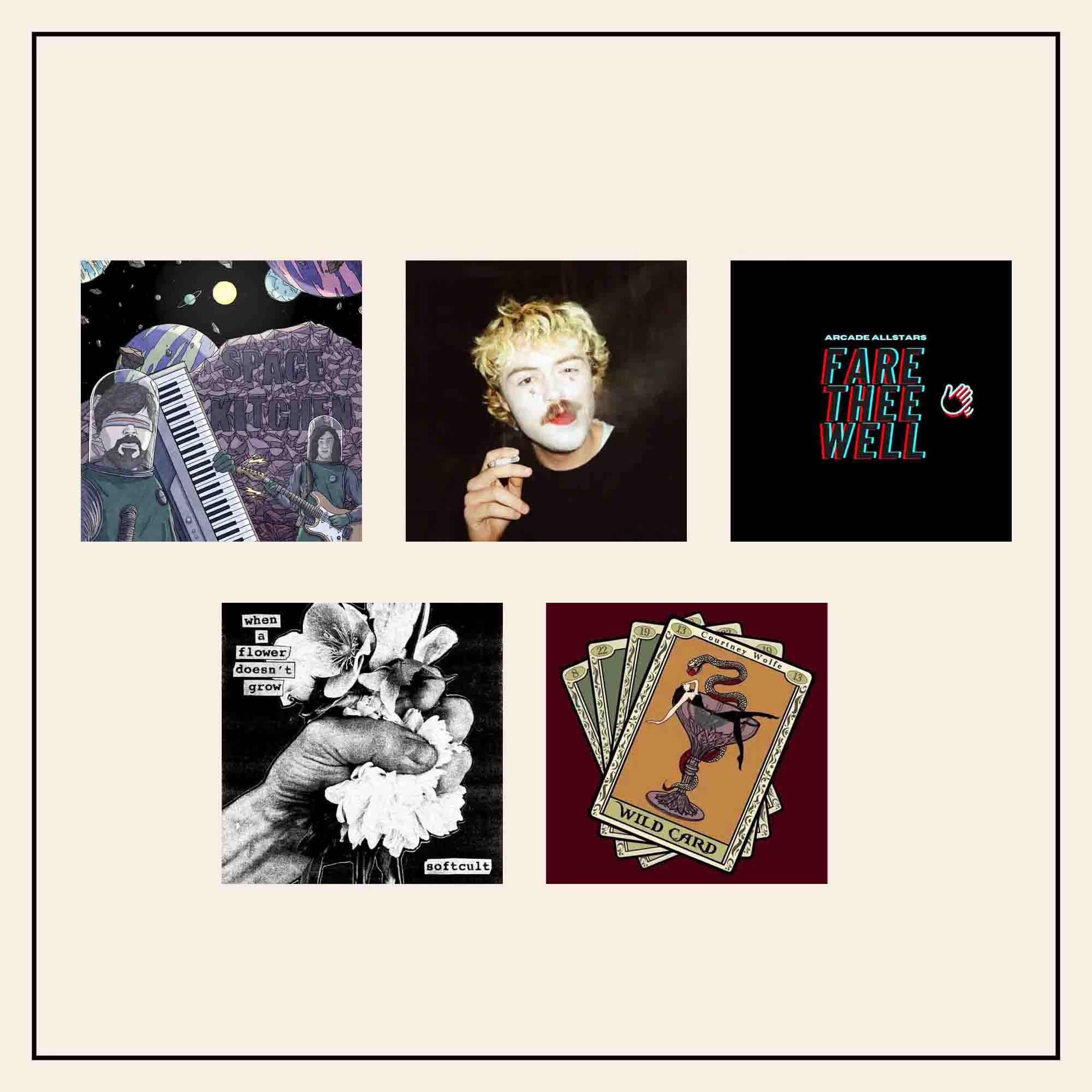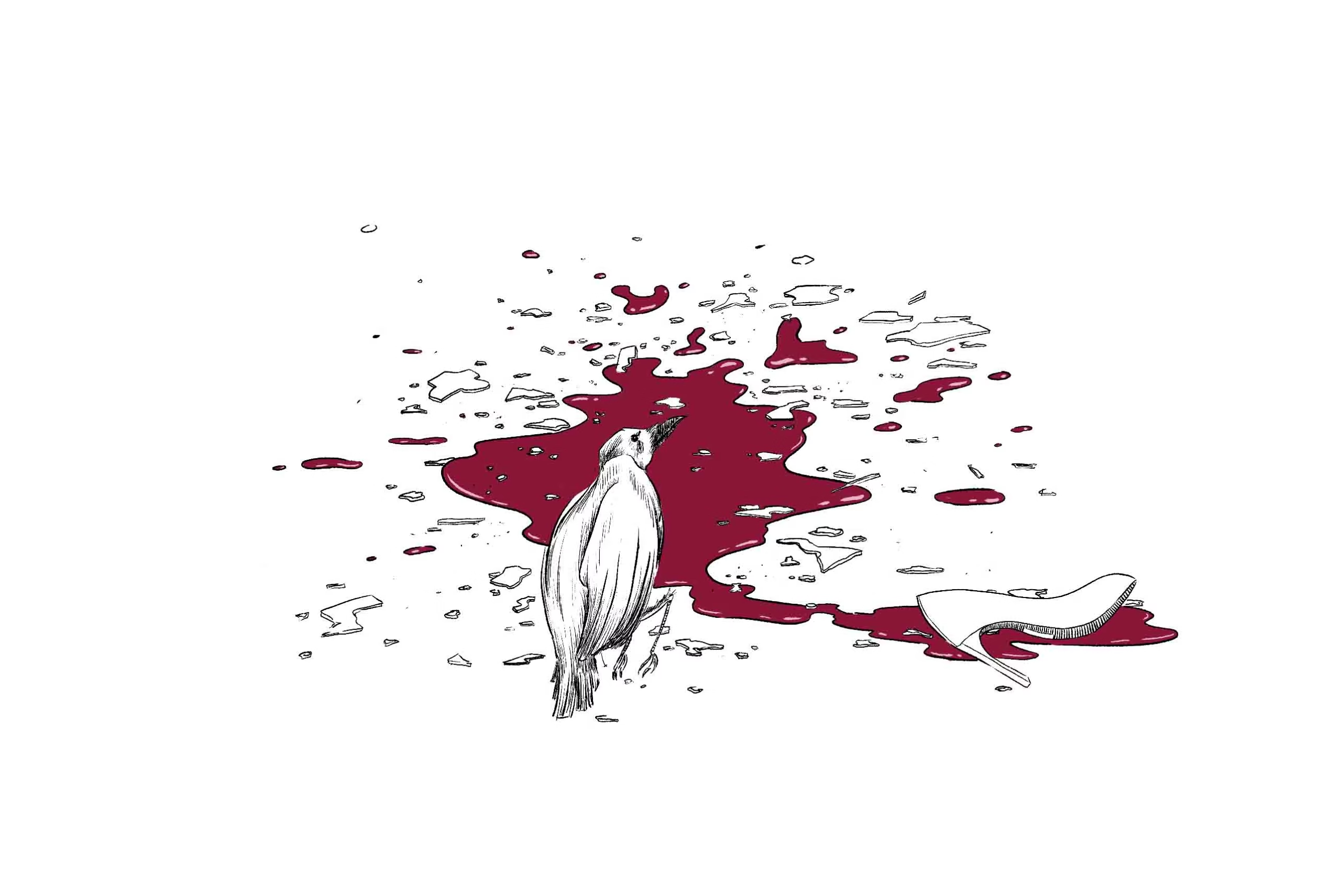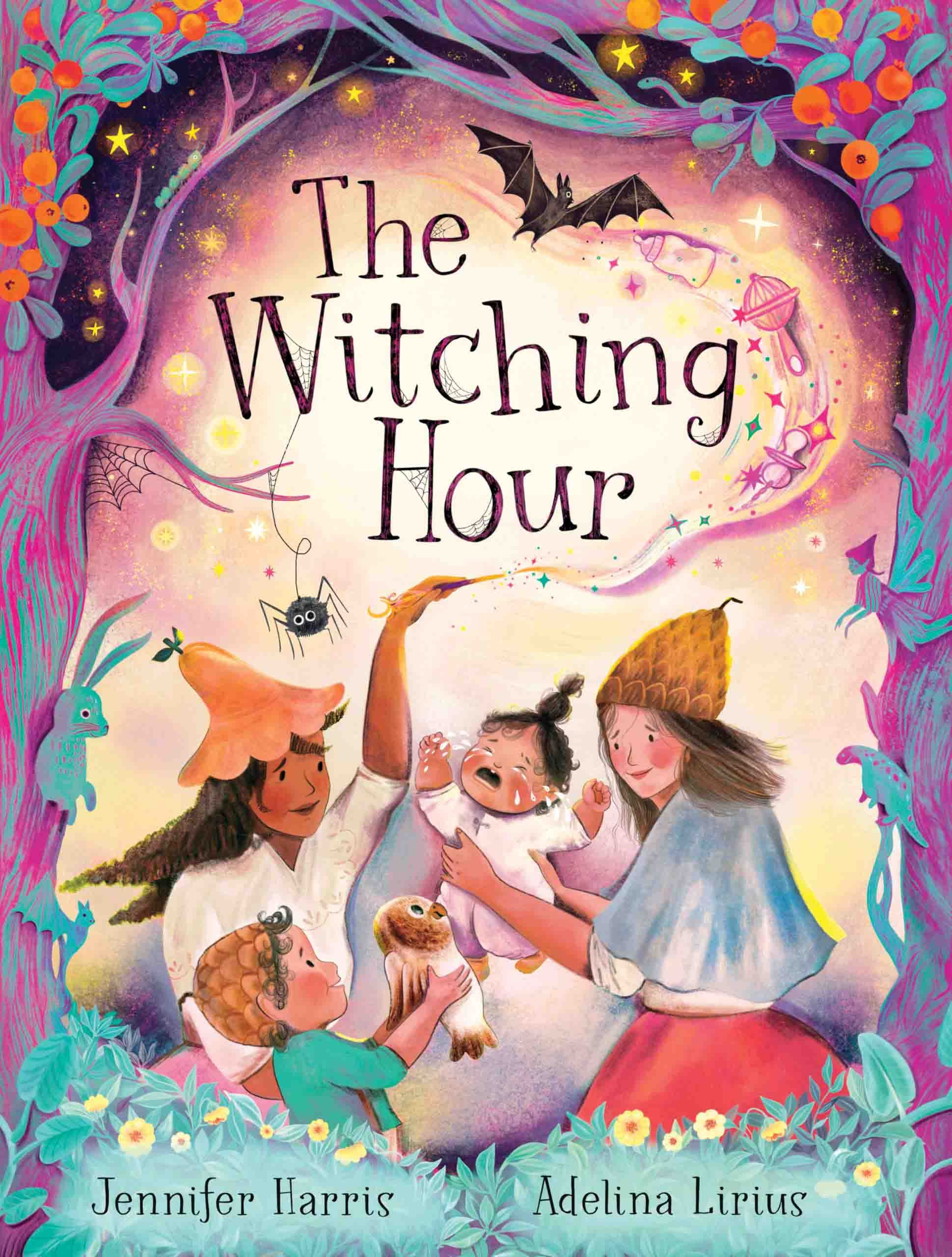SOS: A Story of Survival, Part II – The Body is the latest installation from Curator Darryn Doull at the Kitchener-Waterloo Art Gallery (KWAG), available until Jan.7, 2024.
In this work, we consider the impacts of environmental destruction, conflict and food and housing insecurity on our living bodies. Viewers are asked to consider: How will we survive as our shared environment collapses around us?
“I would say the darkness of the exhibition is that it is recognizing that we’ve passed all of the tipping points. Or, if we haven’t passed them already, our current momentum, even if we did everything perfectly starting right now, we’re still going to be carried past those points,” Doull said.
If the subject matter seems dark, it is not without hopeful impulses. Indeed, many of the art works are bright and exuberant, from the enticing shine of Paul Rooda’s Tally, a “retired” mortuary tray in which you see your own reflection; to the candy-coloured glazed of ceramics of FASTWÜRMS’ Eon Glass; or the dozens of doll-sized ceramic figurines lined up for the food bank or sleeping rough in a real tent in Karine Giboulo’s Shelter and Food Bank.
The beauty of the exhibition is the way that it balances the impossibility of the challenges ahead, with enchanting and moving subject-matter.
“There is no going back in my lifetime, in your lifetime. So how do we move forward?,” Doull said. “The bright side of it is that each of those artists highlight a path toward hope.”
In the centre of the gallery, sits the already locally renowned 2021 installation, Stories from Land Back Camp by Amy Smoke, Bangishimo Johnston and Erik O’Neill.
The film documents stories from individuals who camped in Willow River Park as part of a campaign to take back space for Black, Indigenous and racialized people.
For Smoke, rising numbers of COVID in 2020 were a catalyst for this intervention.
“It was the rising health disparities that we were seeing across our communities,” Smoke said.
“[There was] mounting frustration. And then what we were seeing across northern Turtle Island, were the rising numbers of police brutality against Black, Indigenous, racialized people. The welfare checks that were going on. Those wellness checks were not going well at all,” they said.
For Smoke, the choice of location was an obvious one. Having lived in Kitchener for 47 years, they have seen death and violence in the park, especially of Black, Indigenous and racialized people, as well as queer violence.
“We really wanted to physically put our bodies on the space on the land and take back that safety,” said Smoke.
The end result, which is captured in Erik O’Neill’s film, is one of community and hope. Land Back Camp succeeded in bringing together Black, Indigenous, racialized and queer groups, as well as allies from the settler community.
On Sept. 1, 2023, Smoke, and their collaborator Bangishimo, received the keys to Willow River Centre, a space at 243 King Street East in the Kitchener Market District. Smoke is optimistic that the central location will allow them to continue their work.
“You know, it’s limitless. We have three floors. It’s the whole building with a kitchen and a courtyard space. We’ll have our fires. It could be an outdoor venue for other grassroots Black, Indigenous, racialized groups that don’t have space,” Smoke said.
The venue is an exciting first step towards the kind of cultural center that the group has been calling for, but is not without detractors.
Less than one month in, the building already bears the marks of graffiti across the front wall, “O:SE KENHIONHATA:TIE DIDN’T TAKE LAND BACK!!! THEY TOOK $ FROM WHITE GUILT.”
For their part, Smoke acknowledges the limitations of the space, but emphasizes that it is an important step towards the end goal having a permanent, visible location in downtown Kitchener.
“We’re so looking forward to collaborations and working with other groups, particularly grassroots groups that don’t have space and land. You know, we didn’t get any land back, but we’re getting there,” Smoke said.
For Doull, these hopeful turns are what serve to make challenging exhibitions like SOS: A Story of Survival so inspiring.
“At the end of the day, it’s all coming down to hope. It’s easy to get distracted with the doom and gloom of the 24/7 news cycle,” Doull said.
“It’s not to pretend to live in a bubble. But it’s to say, ‘what are we doing next? How are we moving forward?’,” he said. “There has to be some other answer. There has to be some other path.”




Leave a Reply